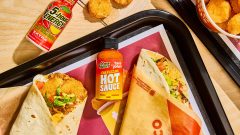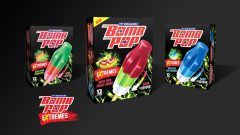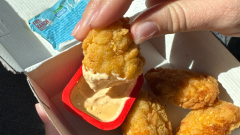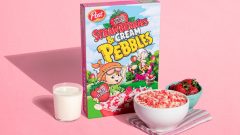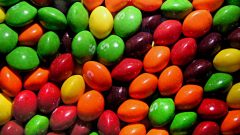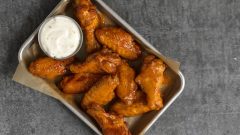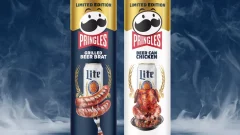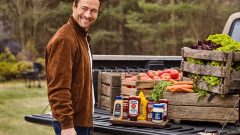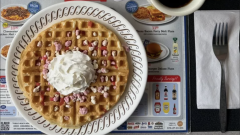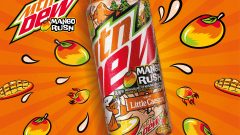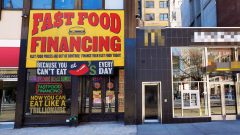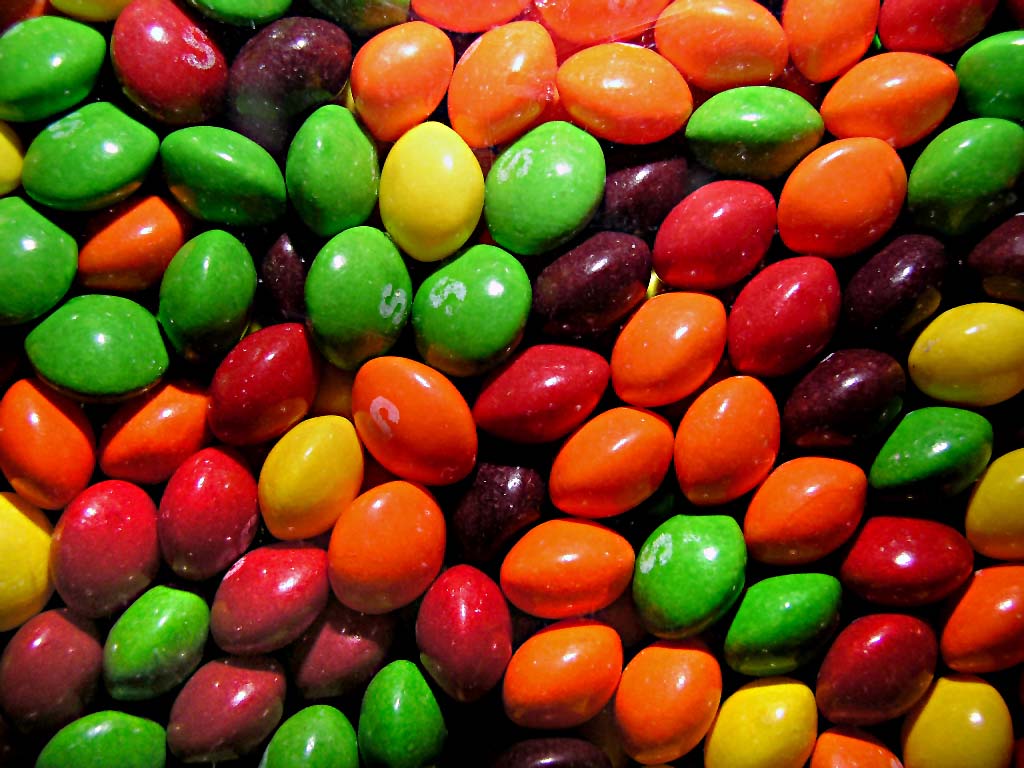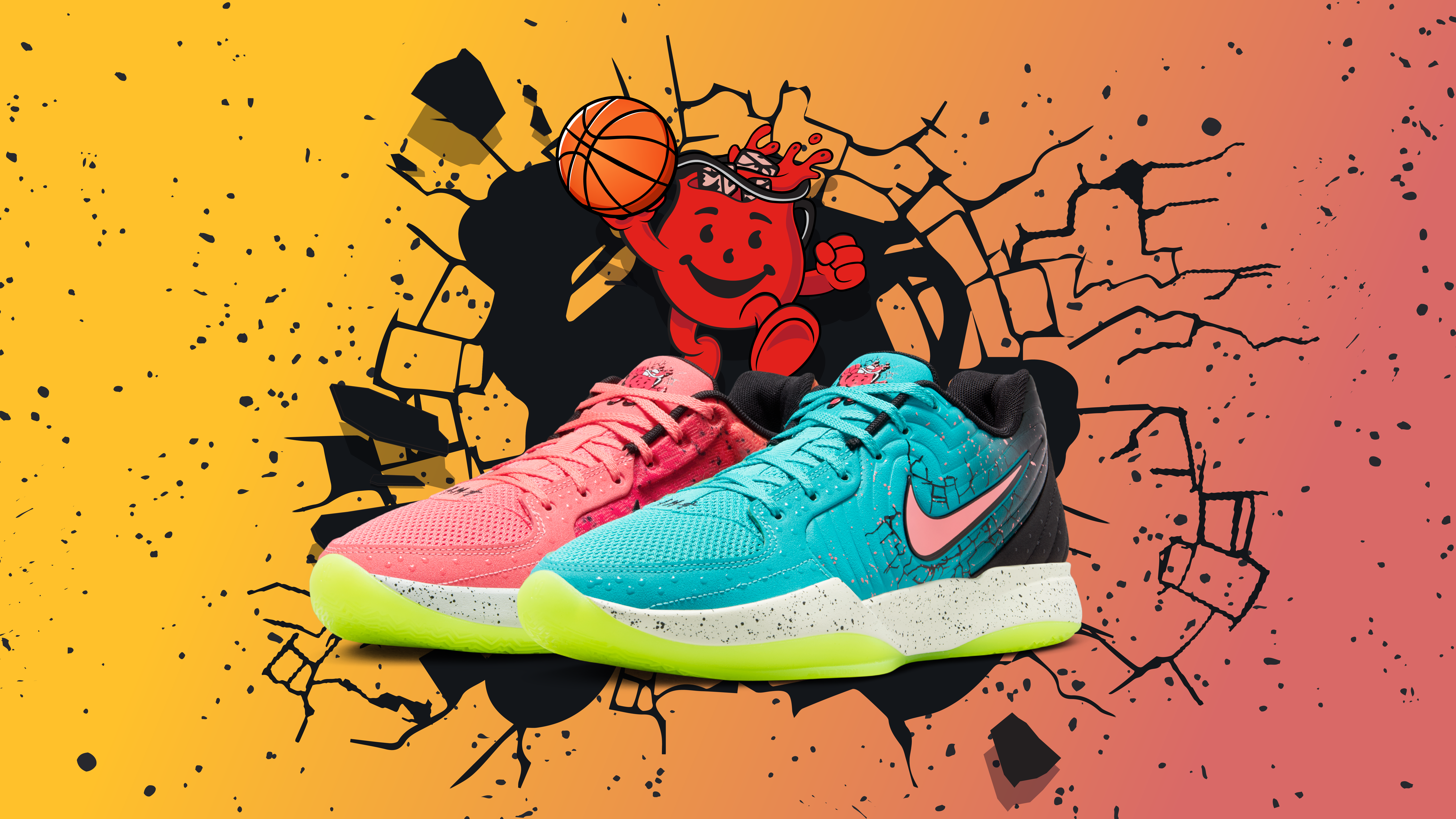The Wagyu Beef of Lamb Is Here, and It’s Trying to Save the Environment
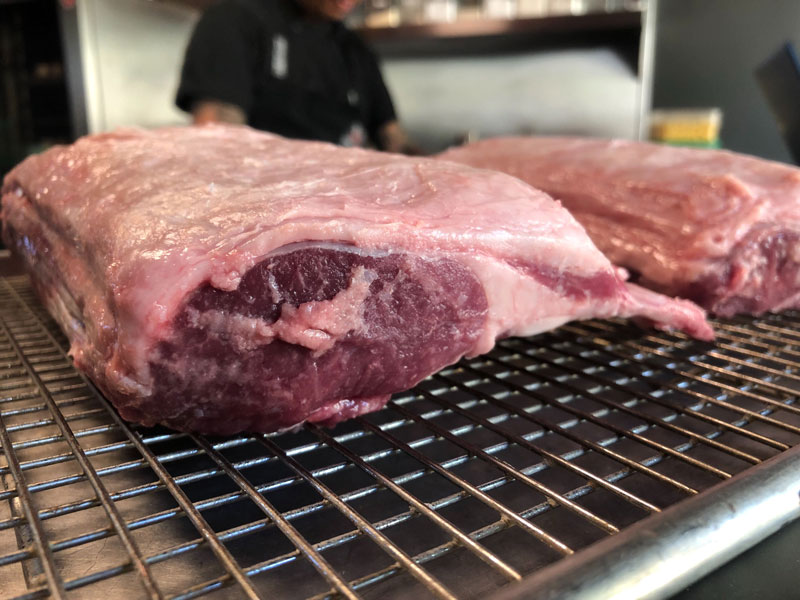
During the Edo Period in feudal Japan, “mottainai” was a way of life. The word, which roughly translates to “what a waste,” represents the idea that everything has a purpose, even things that didn’t immediately seem useful. For example, when the townspeople’s kimonos had turned drab, they were repurposed as futon pads, diapers, and dusters. Once these had become unusable, they were burned and the ashes were sold for various uses. This general focus on maximizing resources permeates throughout Japan to this day, and the phrase mottainai became a popular motif for a Kenyan environmental movement that reached the UN eventually.
The concept revolves around the commonly used three R’s: reduce, reuse, recycle. But what distinctifies it is an additional, fourth R — respect. Such respect is applied for the Earth, for animals, and for the role they play in our life.
“It’s one of the things I’ve always respected about Japanese culture, that they aren’t so wasteful and that they do value the resources that they have around them,” says Suzannah Moss-Wright, the owner of the Australia-based company Mottainai Lamb, which aims to change the course of the meat industry.
The company, which has been around for four years now, is producing sustainable meat. The first six months of their lambs’ lives are spent on a pasture, grazing on grass. While this is not particularly revolutionary, it’s the finishing weeks where the company makes their mark. Instead of using grain feed to plump up the lamb, as most farms do, Moss-Wright’s company finishes their lamb with a cocktail of unused vegetables. Their finishing feed consists of 80% recycled material from nearby farms: carrots too ugly to sell, carrot tops, carrot pomace, and olive oil sediment.
And, while this does bring something new to the table, Moss-Wright points out, “One of the big challenges that we face, when we want to innovate, and we want to really disrupt this supply chain and the way food is conventionally produced in this sort of mass commercialized world, is you’ve got to have something that nobody else has.”
After three years of research and development, they had it. The lamb they produced marbled.

Mottainai Lamb ribs (Photo: Reach Guinto, Foodbeast)
Marbling, a term used to describe the intramuscular fat in a cut of meat’s tendency to look like the white streaks running that run through marble rock, is a sign of quality. The more marbling, the better the meat. Japanese A5 Wagyu beef is famed for its marbling and is considered some of the best in the world. In order to get the A5 distinction, the beef must have an intramuscular fat percentage of above 43.8%. Most regular lamb has an intramuscular fat percentage of a mere 3-5%.
Mottainai Lambs have 37%, according to Moss-Wright.
They found that the carrot and olive pomaces, once in the digestive rumen of the sheep, are considered by their body to be partially digested, so it moves through in a third of the time as it normally would. Because of this, the unsaturated fatty acids that cause marbling don’t break down and were absorbed as such.
The result is a prime cut of lamb. Fresh and light, the meat is significantly less gamey than most other lamb. The pungent odor that lamb tends to carry is nowhere to be found. It melts in the mouth, just like A5 Wagyu, very much warranting the $36/lb price point.
This dwarfs the regular pricing of lamb.
“Great lamb is $12/lb,” chef Jason Quinn of Playground, in Santa Ana, CA, told me for reference. Playground is the only restaurant in California serving Mottainai Lamb.

Mottainai Lamb served as a tartare at Playground in Santa Ana, CA (Photo: Hunter Anderson, Foodbeast)
Not only is the quality to A5 standards, but so is the going rate. This presents a challenge that any growing sustainable meat operation will eventually face. How do you convince people to purchase a premium product that’s made sustainably, when they can get a cut from the feedlot for significantly cheaper?
The problem reflects a question that’s slowly becoming more apparent, one that shifts from lamb and turns toward meat in general: Can we, collectively, change our meat reliant diets? The problem isn’t eating meat, necessarily, it’s how often we eat it.
“This small-scale example does not address the climate impacts of meat production. There are certainly better and worse waste to produce meat, but none of them are scalable enough to sustainably meet current demand.” says Jennifer Molidor, sustainability writer and Senior Food Campaigner for the Center of Biological Diversity, an Arizona-based environmentally focused nonprofit.
Places like McDonald’s wouldn’t be able to meet their demand, which is close to 75 hamburgers per second, if they were to try to do it sustainably. Massive, wasteful farms are the only way we can meet this demand.
Factory farms are immense patches of land where animals are kept in captivity and fed fattening grain and hormones until they’re plump. They’re also where, uncoincidentally, 99% of American’s meat comes from, according to a study done by the Sentience Institute.
The results of these farms are damning. It’s estimated that livestock production accounts for around 14.5% of greenhouse gas emissions. In addition, those producing animals that use a rumen to digest food, mainly cows and sheep, are even worse for the environment as these animals naturally excrete methane, one of the worst greenhouse gasses for our environment. While this may not be concerning on an animal by animal level, with the amount of these animals being produced, it certainly adds up. It’s estimated that, in western countries, each person needs to cut their intake of nearly every animal product by over 50% in order to prevent any further damage from occurring.
But most people don’t envision the ramifications of their shopping choices when they walk into the store and see pounds of ground meat on the shelf. They only see the finished product. A disconnect has formed. It’s slowly withering away with the introduction of plant-based beef, the rise of vegetarianism/veganism, and the increase in grazing farms, but it’s still very much there– and Moss-Wright intends to change that.
“[The supply chain]’s not respecting animals, it’s not respecting farmers, it’s not respecting the environment, and we’ve got to turn that around,” she said.
Seeing this, Moss-Wright decided that the company needed a fifth R, in addition to the aforementioned four R’s of mottainai, to properly describe their mission. Reduce, reuse, recycle, respect, and reconnect.
To institute this, Mottainai Lamb takes a hands-on approach to their distribution and growth by personally visiting chefs that buy their product with their distributor, Trex. This pushes a platform of transparency between the consumer, the distributor, and the grower, with the intent to shift the culture towards this.

Unopened racks of Mottainai Lamb ribs along with their authentication (Photo: Reach Guinto, Foodbeast)
“I believe that chefs are ready for that, they’re really looking for that connection now and consumers are wanting that connection,” stated Moss-Wright.
And she’s right, chefs like Jason Quinn are ready for the change, and they’re actively practicing it.
“I preach a lot that, in this restaurant, if you work here, you can’t just be a person that thinks that steak is special and peas are not. Every single ingredient that hits the plate has the ability to be special, to change someone’s mind, to be the highlight of the night. And if you’re ignoring vegetables because they’re on the side for meat dishes, then you’re just wasting a lot of time at this moment,” he declared.
But, those working in restaurants such as Quinn’s aren’t the people that need convincing. That would be the general population. Information regarding the concerning nature of the meat industry is abundant. It’s still going to be hard to convince an entire population to kick a meat-reliant diet after generations of eating that way. As with most addictions, there’s a dissonance.
People believe what they see, though. The hope is that if chefs, like Quinn, start serving less meat and more vegetables as their main courses, and pushing transparency in the sourcing of their ingredients, then people would grow used to this and come to expect it everywhere.
Quinn brings up revolutionary Australian restaurant Saint Peter, where Chef John Niland is able to use 90% of each fish that’s consumed. Quinn says Americans wouldn’t be ready for this, and points towards Australia’s older restaurants that were serving out-of-the-box dishes years ago, giving the same culture a curiosity it needs to make Niland’s creations, like a crispy barbot stomach sandwich, a hit.
By applying that logic, and the fifth R, to their mission, Mottainai Lambs hopes to help inspire the needed cultural shift. They’re aware that they can’t do it all at once. It’s a process to tear down such a large system, and inspire others to do the same.
“You know, what we’ve done, in terms of risking everything, investing in R&D, and taking on a food supply chain and really trying to disrupt it and innovate it, it’s not easy to do. But, if I break the wind, then other people can ride my wake,” Moss-Wright points out. “It takes a lot of distance — what was it, 17 nautical miles to turn a ship around? — so it’s not going to happen overnight. But we’ve got to stop turning this ship because we don’t have a second chance with this.”
Mottainai Lamb’s blueprint is by no means an end-all-be-all solution for sustainable meat production. It’s a needed step in the right direction in an industry that so badly needs to take that step. And, while yes, the meat is utterly prime, it’s the premise of others in the same area of business taking note, and following suit in addressing better sustainability options, that’s truly exciting.

